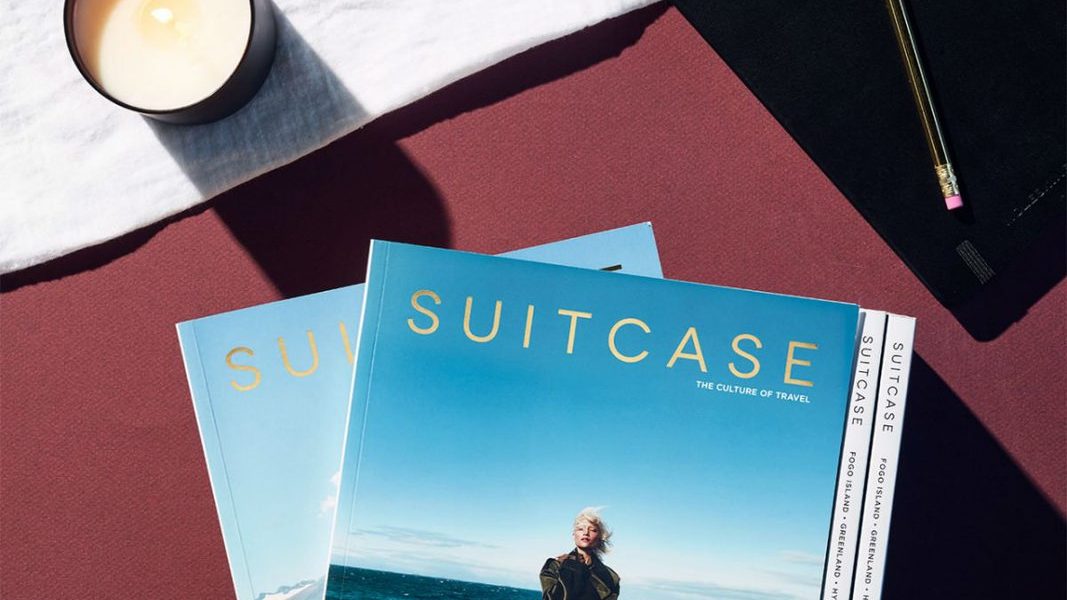With Instagram, Snapchat and vlogging making content creation and sharing open and accessible to anyone, where consumers get their travel inspiration and tips from has changed dramatically. The fame of travel journalism in which elegant prose is as much an indulgent experience itself as travelling is a thing of the past. Short, snappy pieces of content which give you a bit-sized top 10 and a couple of pretty photos has won sway. But what is there to learn from the big players who are preserving and promoting the art of travel journalism?
When luxury travel magazine SUITCASE launched in 2012, Founder and CEO Serena Guen felt there was a gap in the market for travellers of her generation that addressed a new way people are travelling. Not a backpacker nor a million dollar luxury traveller, she felt something was missing for those like her who were seeking a middle ground.
Whilst looking for tips and tricks on her own travels, Guen was underwhelmed by the volumes of tourist clichés that didn’t reflect the culture or life of the location and began collating city guides with the best recommendations from friends and locals. These quickly became popular amongst friends and family, and the idea of SUITCASE was born.
Aiming to cut through the internet noise Guen envisioned a print magazine that would be a one-stop-shop for travel inspiration and information. Initial market research indicated that in fact 98% of desired readers would prefer a print magazine, and noting that people in the UK spend 4x more on print than on Netflix, the quarterly magazine began appearing on newsstands across the UK. Today it’s distributed in over 30 countries worldwide regularly, and ordered in over 100.
Design is very minimalistic, akin to luxury collectable fashion magazines and coffee table books, with the majority of images taken by a series of talented global freelance photographers. Feature articles are similarly written by carefully selected writers. The magazine is not designed to digest all at once but to be enjoyed over time, with a goal that readers will “pick it up and get transported to another place”.

The print copy is supported by a slick online counterpart, which focuses on the more ‘practical’ side of travelling offering insider guides to cities and what-to-pack suggestions.
The overall package of what Guen has created is as aesthetically beautiful and collectible curated travel + culture magazine; incorporating fashion editorials, photography and writing by international freelancers with local expertise, in a way that has not been done before.
Offering genuine and meaningful content that gets to the heart of people’s travel desires, SUITCASE offers much more than standard clickbait material that floods google searches for any destination, big or small. And there’s proof in the pudding: readers spend an average of two minutes on the site, a four-fold increase of the average time spent on any website. Retention is high, with a strong online community of regular users, and they are currently working on new features that would bring exclusive benefits to members.
What can we learn from SUITCASE?
Better curated and less frequent content can be far more inspiring and impactful. Just because everyone else is making a lot of noise a lot of the time, it doesn’t mean we all have to. Is your brand falling in with the very large stack of ‘cliché’ content out there? Guen has found a way to engage and inspire travellers by carefully curating and thinking about what consumers really want to know. SUITCASE is now truly a trustworthy brand; how can other brands nurture their content to engender trust?


